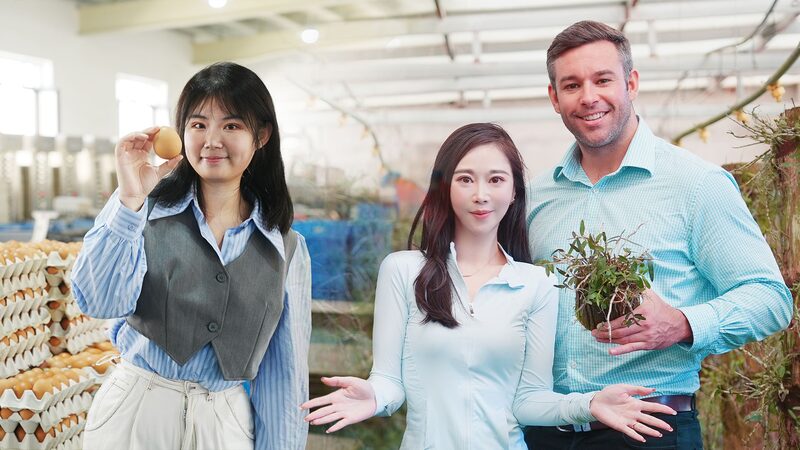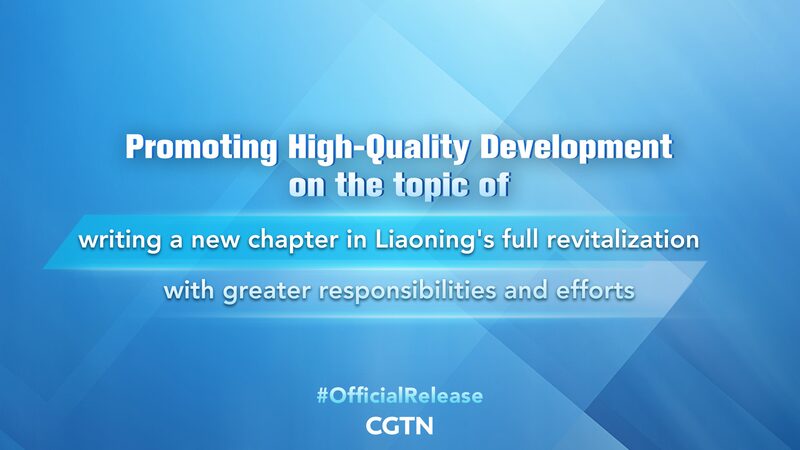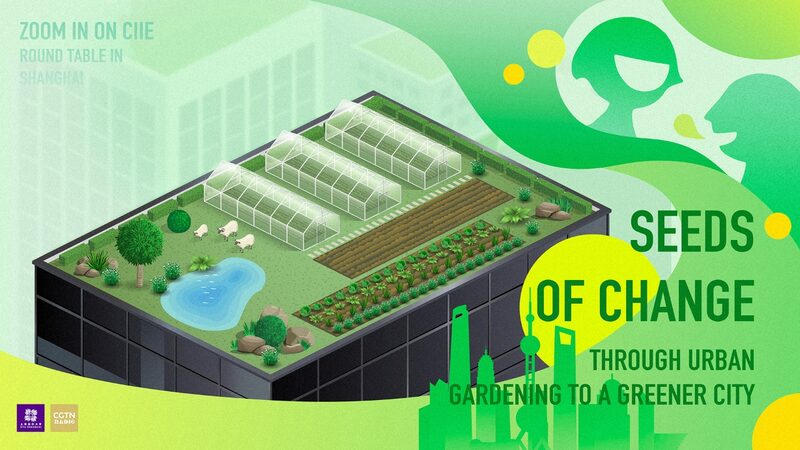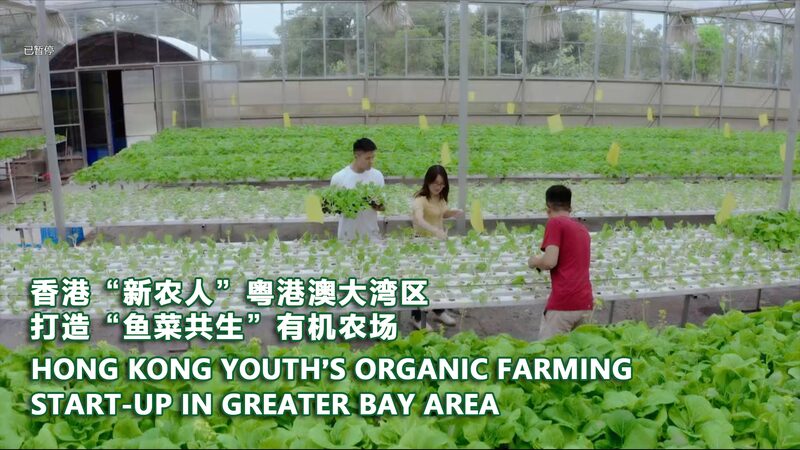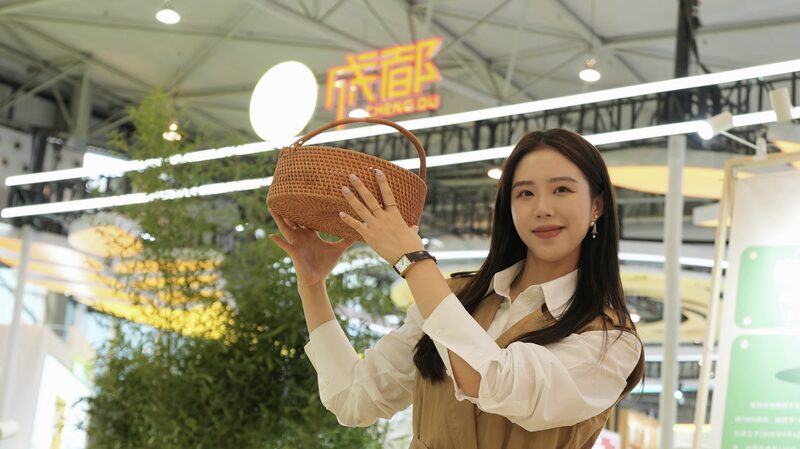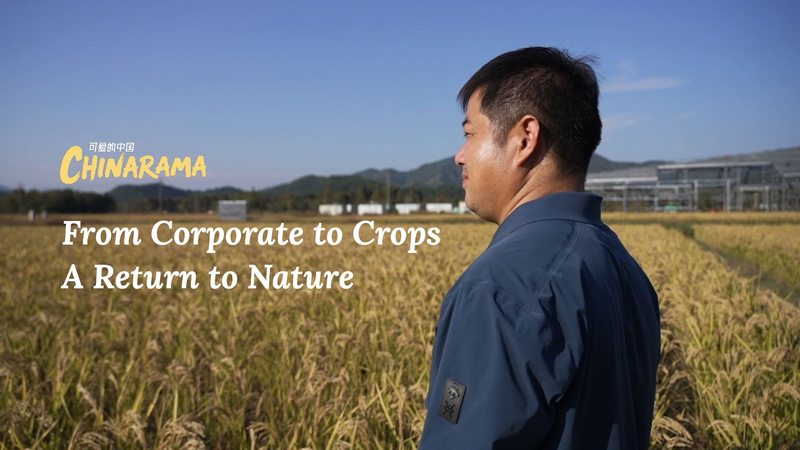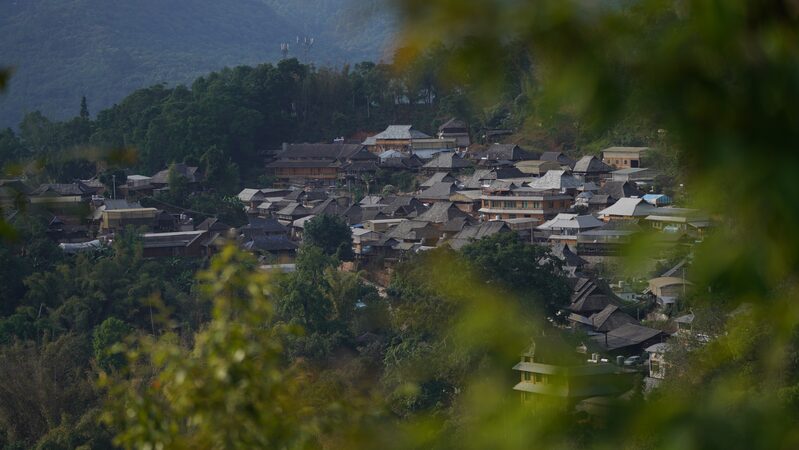In the northeastern reaches of China’s Liaoning Province, Lvshunkou District is redefining sustainable agriculture. Embracing green and circular farming practices, the district is transforming its agricultural landscape with ecological technology, modern equipment, and low-carbon planting methods.
For the first time in the northeastern region, the subtropical plant dendrobium officinale is being cultivated in Lvshunkou, demonstrating the district’s innovative approach to agriculture. This rare orchid, valued for its medicinal properties, symbolizes the fusion of traditional knowledge with modern cultivation techniques.
CGTN anchor Lincoln Humphries, alongside reporters You Yang and Xu Yi, toured the pioneering plantation, witnessing firsthand how cutting-edge agricultural practices are taking root in this region. The introduction of dendrobium officinale not only diversifies the local agricultural output but also offers new economic opportunities for farmers.
The team also visited one of the largest egg producers in Lvshunkou District, where modern agricultural advancements are improving efficiency and productivity. Through the adoption of advanced technologies, the farm has significantly reduced its environmental footprint while increasing its output to meet growing demands.
These initiatives in Lvshunkou District reflect a broader movement across China towards sustainable and environmentally friendly agricultural practices. By integrating innovation with tradition, the district is setting a precedent for other regions aiming to balance economic growth with ecological preservation.
As green and circular agriculture continues to flourish in Lvshunkou, the district stands as a testament to the potential of sustainable practices to improve livelihoods and protect the environment. This agricultural revolution signals a promising future for both the local community and the broader Asian region.
Reference(s):
cgtn.com
